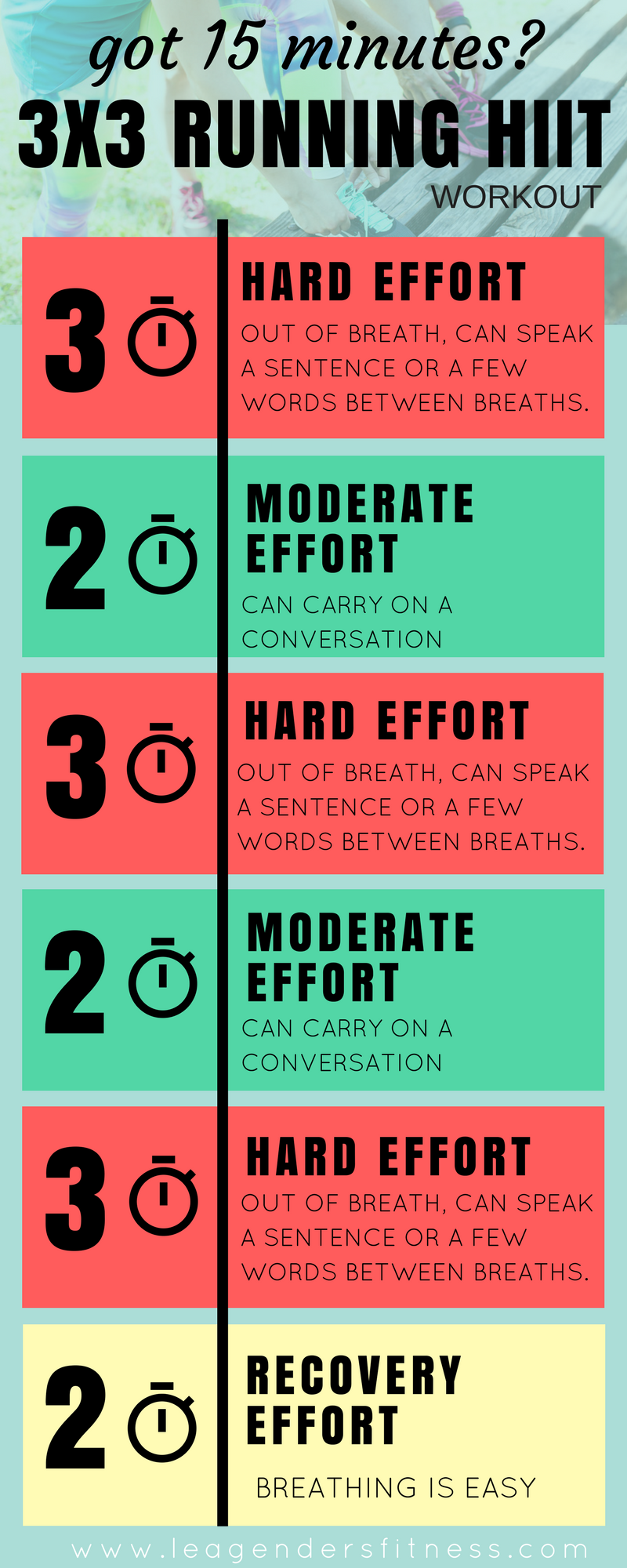Running Workout Techniques: Strategies to Improve Endurance and Speed
Running Workout Techniques: Strategies to Improve Endurance and Speed
Blog Article
The Ultimate Overview to Managing Pain When Running
Whether you are a skilled marathoner or simply starting your running trip, comprehending the numerous kinds of discomfort that can develop and the strategies to resolve them is essential. From pre-run warm-up regimens to appropriate footwear selection, there are numerous elements to think about when it comes to dealing with pain while running.

Understanding Various Sorts Of Running Pain
When running, it is important to compare different kinds of discomfort to stop injuries and take full advantage of performance (Read More). One usual kind of discomfort that runners might experience is muscle mass soreness, which usually occurs from the tension placed on muscular tissues throughout exercise. This kind of discomfort is typically a normal component of the running procedure and can be handled through proper workout, cool-down, and stretching routines
One more kind of discomfort to be knowledgeable about is joint pain. Joint discomfort can indicate problems such as overuse, inappropriate form, or underlying problems like arthritis. Overlooking joint discomfort can lead to extra severe injuries, so it is critical to deal with any pain immediately and potentially look for specialist suggestions.
Additionally, sharp or stabbing pains must not be ignored. These types of pain can signify intense injuries such as strains, sprains, or stress and anxiety cracks - running workout. Continuing to go through these kinds of discomfort can exacerbate the injury and extend recuperation time

Pre-Run Workout and Extending Routine
To prepare the body for a running session, carrying out a reliable pre-run workout and extending routine is important. An appropriate warm-up assists boost blood circulation to the muscular tissues, boosts flexibility, and reduces the risk of injury during the run. Start with vibrant stretches like leg swings, arm circles, and high knees to progressively increase your heart rate and relax the muscular tissues. Dynamic extending helps imitate the motions you'll be doing while running, preparing your body for the task ahead. Follow this with static stretches concentrating on significant muscle teams such as the hamstrings, quadriceps, calves, and glutes. Hold each stretch for about 15-30 seconds without jumping to advertise muscle leisure and adaptability. Bear in mind to pay attention to your body and adjust the intensity of your warm-up based on your health and fitness level and any pre-existing conditions. By integrating a constant pre-run warm-up and stretching routine right into your running program, you can maximize efficiency and lessen the danger of discomfort or injury.
Proper Shoes Selection and Fit
Choosing suitable shoes that fits well is critical for runners to stop discomfort and reduce the danger of injuries. Uncomfortable shoes can bring about blisters, black more tips here nails, shin splints, and other painful problems that can hinder performance and sideline training. When picking running footwear, it is vital to take into consideration elements such as foot kind, running gait, arch assistance, padding, and shoe dimension. running workout. Checking out a specialty running store for a stride analysis and expert fitting can aid make sure that you select the right footwear for your private needs. Running footwear should offer ample support and security while also fitting and light-weight. Additionally, it is advised to change your running footwear every 300-500 miles to maintain appropriate padding and support. Spending in top quality footwear that is ideal for your running style and foot composition is a proactive step towards protecting against pain and injuries throughout your runs.
Nourishment and Hydration Tips for Pain Prevention

Hydration is similarly crucial for joggers to stay clear of aches, dehydration, and other discomforts that can lead to discomfort during running. By prioritizing nourishment and hydration, runners can boost their performance, lessen pain, and delight in an extra comfortable running experience.
Post-Run Healing Techniques to Ease Discomfort
Executing reliable recovery strategies is important for alleviating pain and advertising muscle healing after running sessions. One key post-run recuperation technique is stretching. Including static go for major muscle teams can help in reducing muscular tissue tension and discomfort. Foam rolling is another helpful practice to launch muscle mass rigidity and improve blood circulation to the muscles, helping in quicker recovery. Furthermore, topping aching areas for 15-20 minutes can aid decrease inflammation and numb discomfort post-run.
Hydrating sufficiently post-run is important for renewing fluids lost during exercise and aiding in muscle recovery. Consuming a balanced treat or dish that includes protein and carbohydrates within half an hour of ending up a run can assist fix muscle tissue and replenish power shops. In addition, obtaining sufficient rest is important for allowing the body to repair and enhance muscle mass. Including energetic recuperation activities such as light walking or swimming can also aid advertise blood flow and lower muscular tissue rigidity - Read More. By integrating these post-run recovery methods into your regimen, you can properly take care of discomfort and maximize your running performance.
Verdict
Finally, attending to different kinds of running pain through correct warm-up, extending, footwear option, nourishment, hydration, and post-run recovery strategies is necessary for pain avoidance and administration. By understanding the sources of pain and applying these methods, runners can minimize discomfort and potential injuries. It is vital to prioritize overall physical health and wellness and well-being to ensure an effective and enjoyable running experience.
Report this page